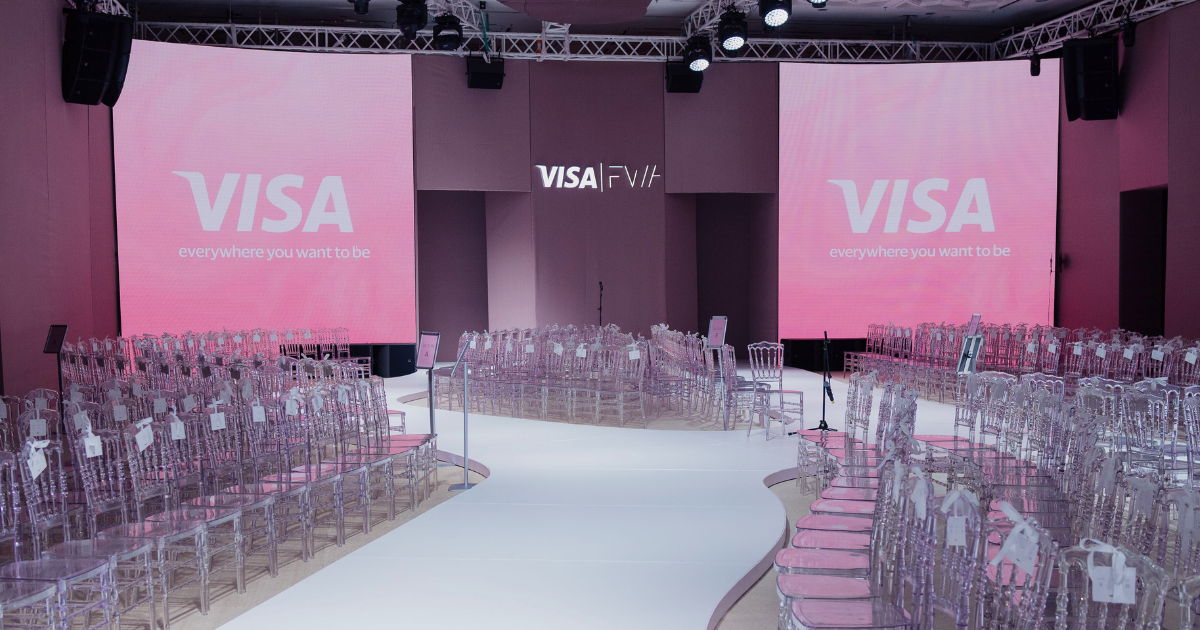Freedom, eastern tales, and national motifs
Ethnic style in fashion house collections
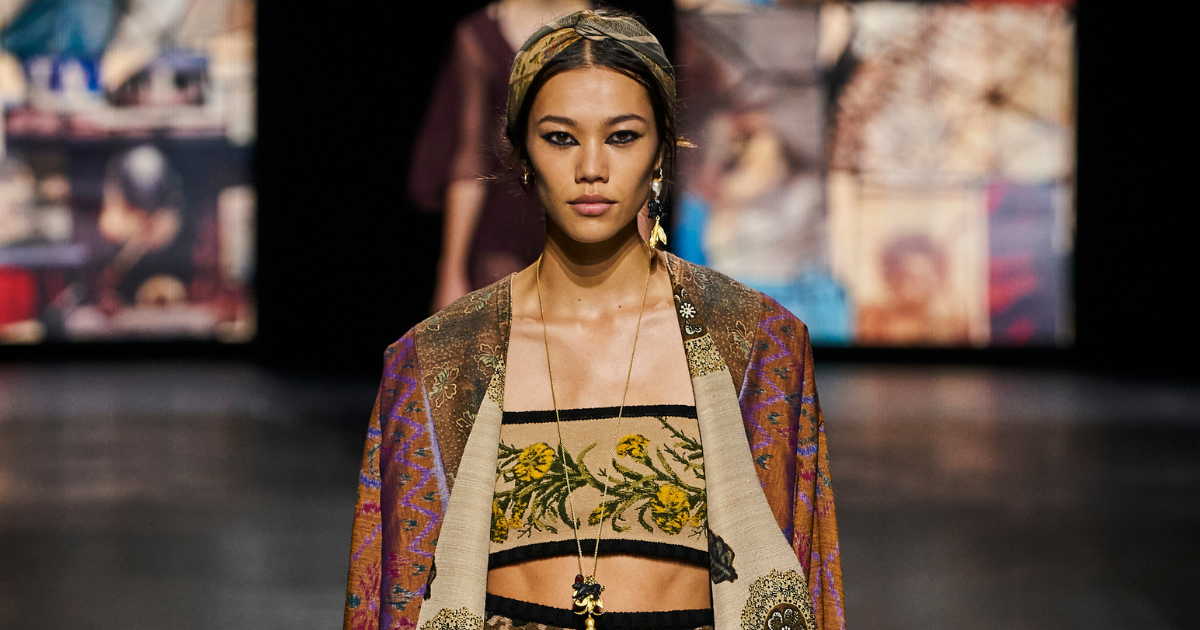
Throughout the 20th century, global couturiers have long and successfully incorporated ethnic styles into their collections. Ethnic style is an homage to the cultural codes of different nationalities.
Eastern tales
The first couturier to incorporate ethnic elements into his creations was Paul Poiret. Between 1910 and 1914, he pioneered the use of Eastern themes in his collections, featuring Turkish harem pants, tunics, turbans, kaftans, and kimonos. Ethnic fashion in his interpretation was synonymous with luxury: exquisite embroidery, lace interwoven with gold threads, shimmering brocade, feathers, and an abundance of jewelry.
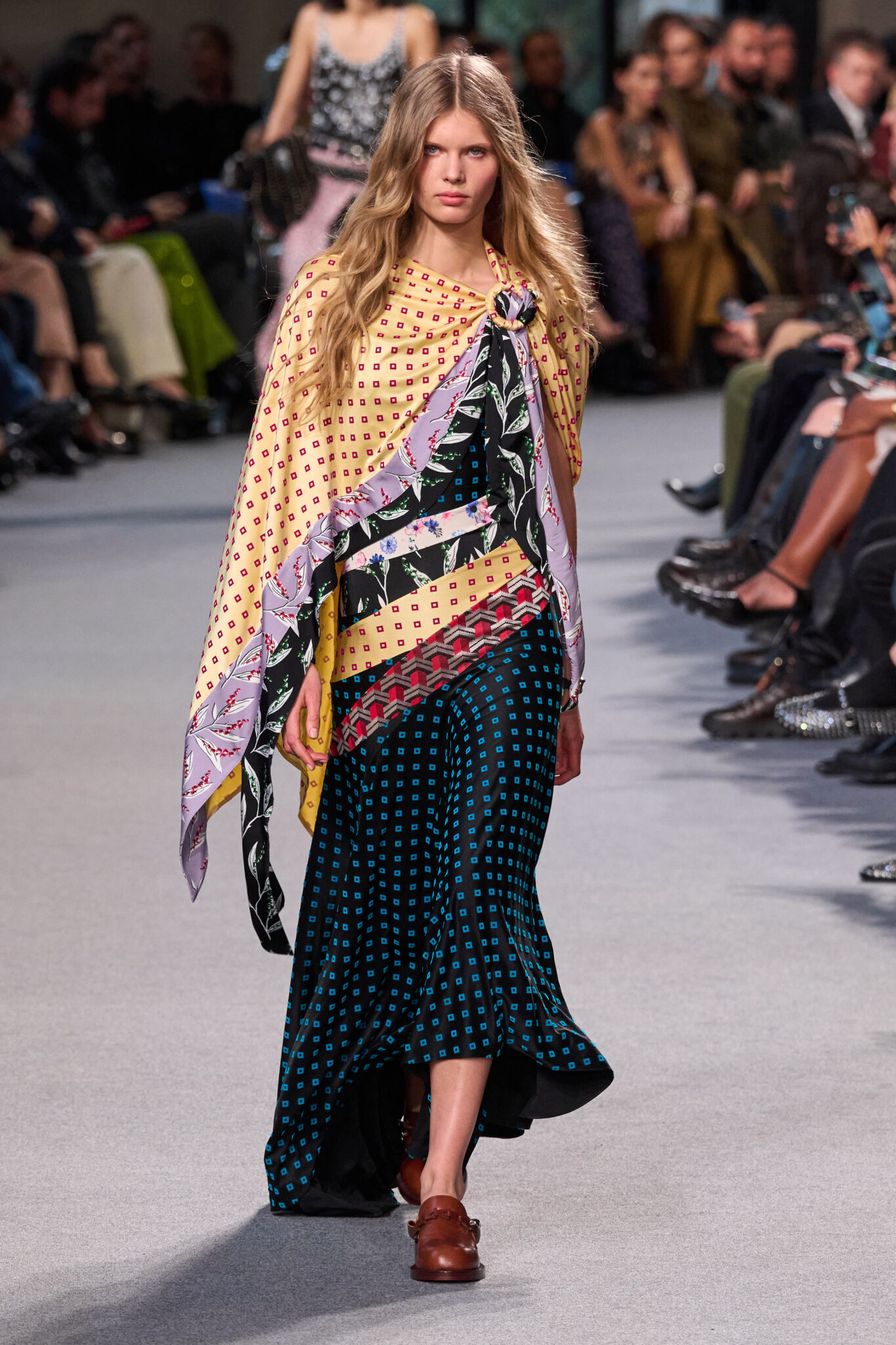
Photo: SPOTLIGHT / Rabanne
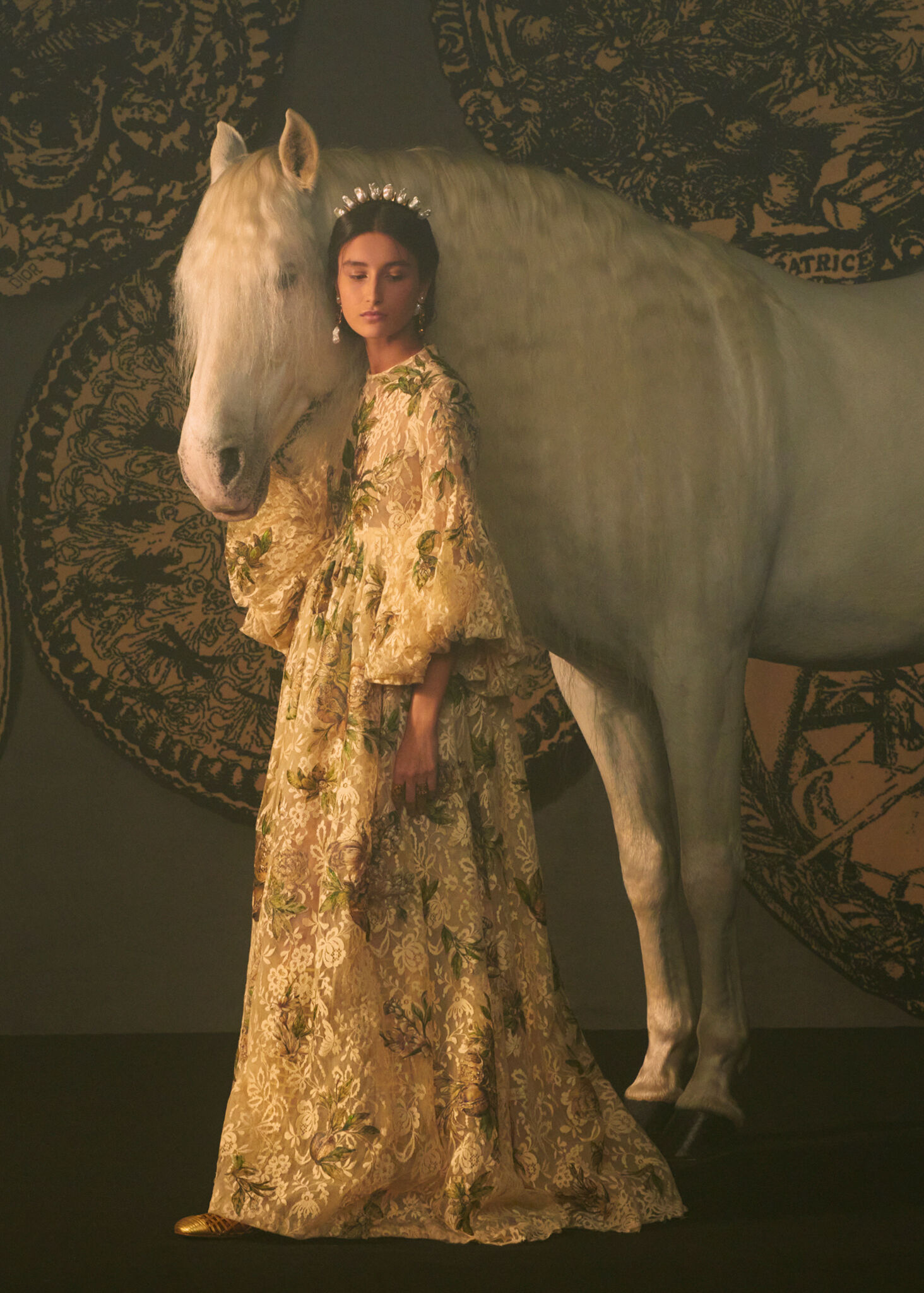
Photo: SPOTLIGHT / Dior
This was true exotica for Europeans, shrouded in the mystique of Eastern tales. A fervent admirer of Poiret's luxurious style was John Galliano, who drew inspiration from the works of the first 20th-century couturier. Since then, ethnic style has firmly established itself as a source of inspiration for many designers.
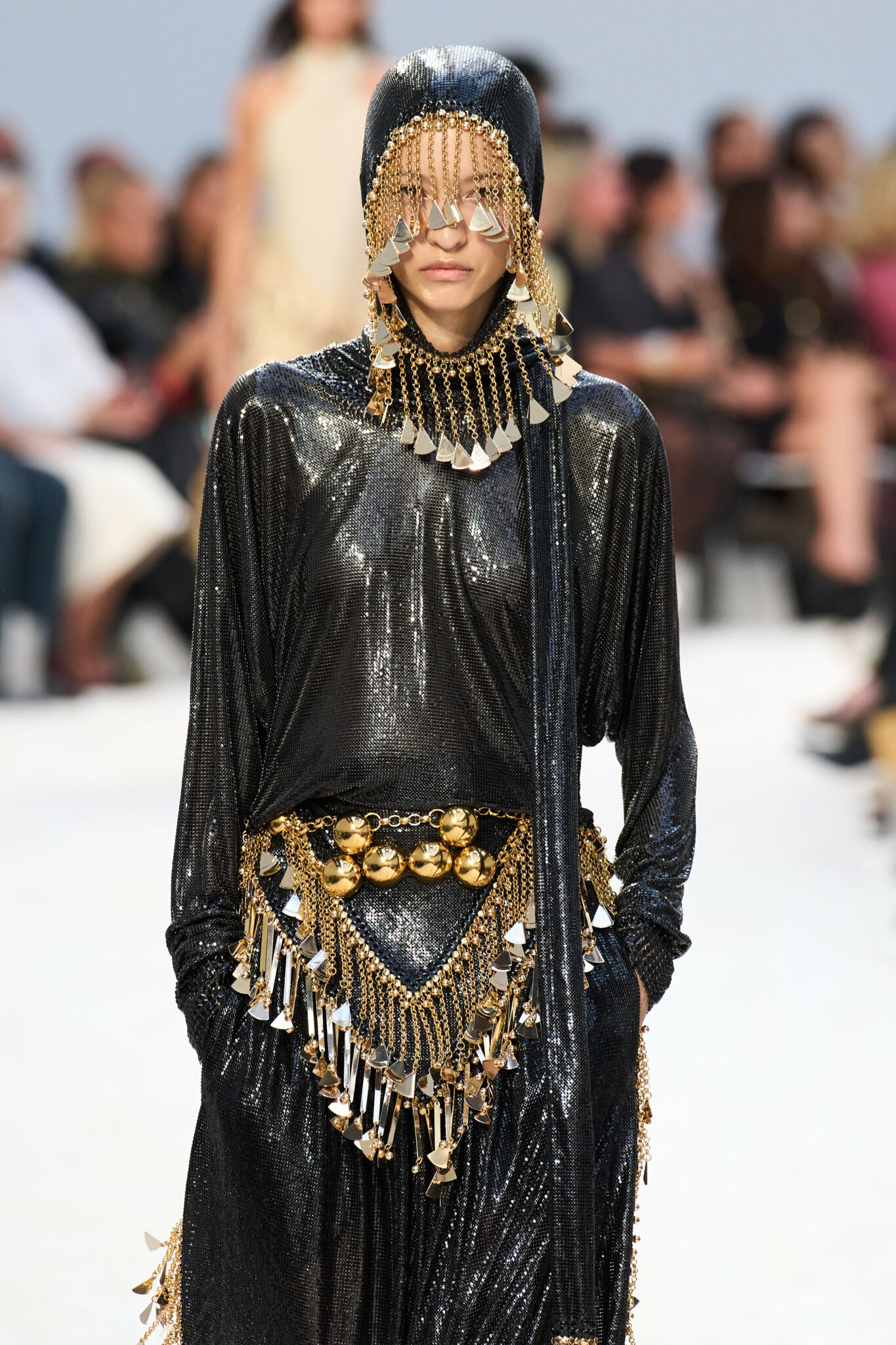
Photo: SPOTLIGHT / Rabanne
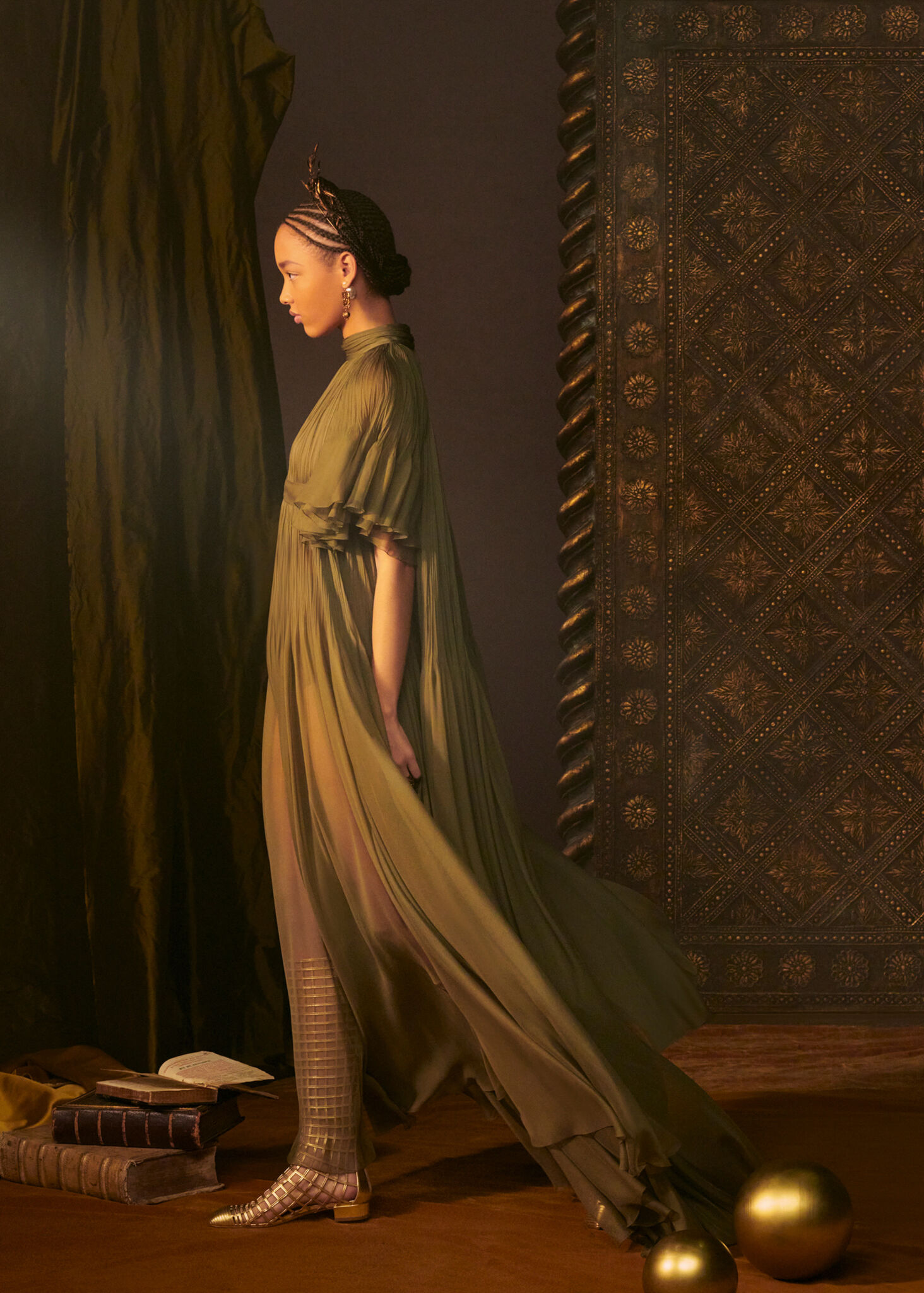
Photo: SPOTLIGHT / Dior
Free as the wind
Gypsy style is a blend of Romani exoticism with the lightheartedness of hippie philosophy. Flowing fabrics combined with chunky jewelry, headpieces, and a riot of prints. Gypsy style continues to inspire many couturiers and fashion rebels alike.
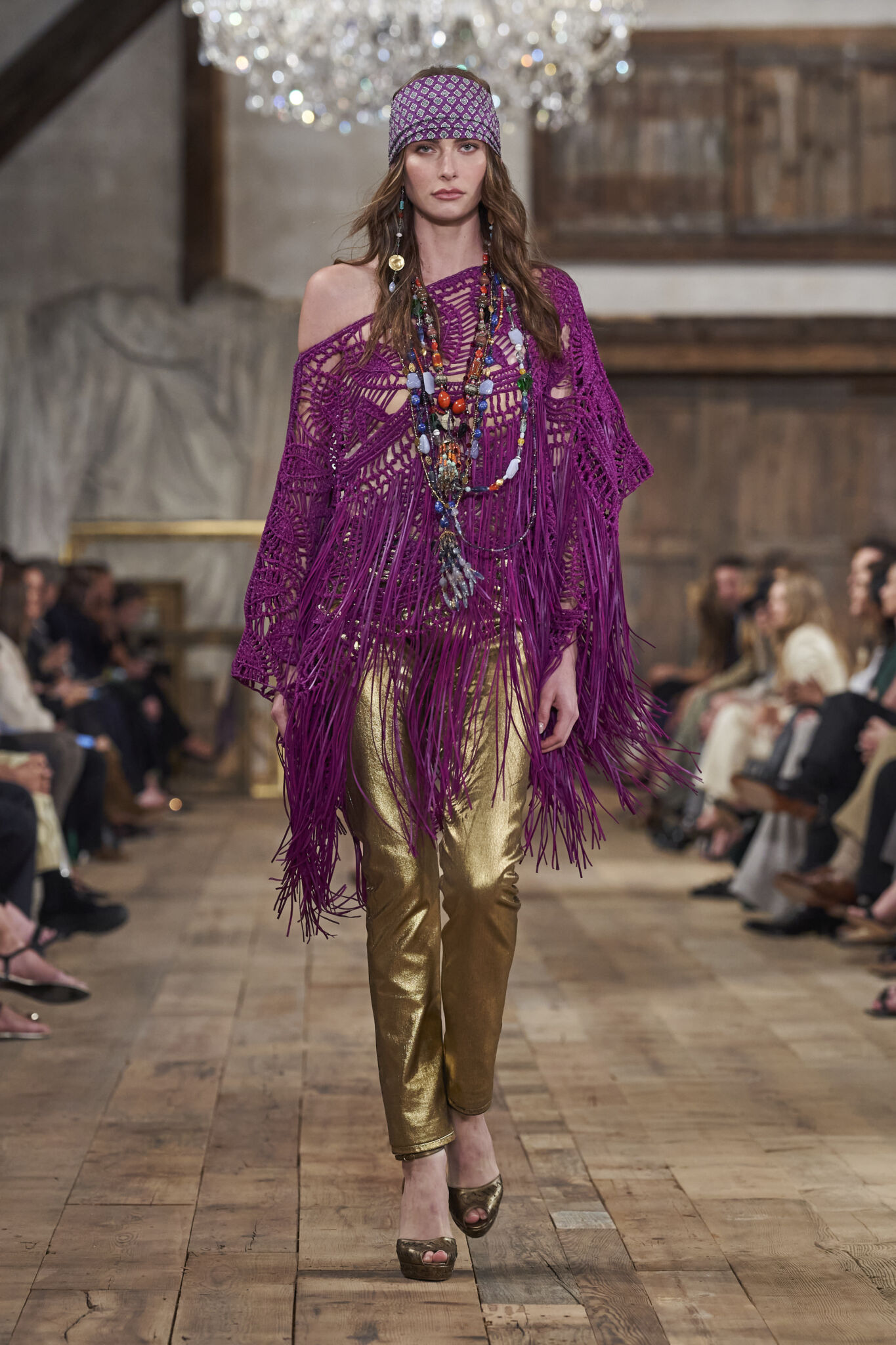
Photo: SPOTLIGHT / Ralph Lauren
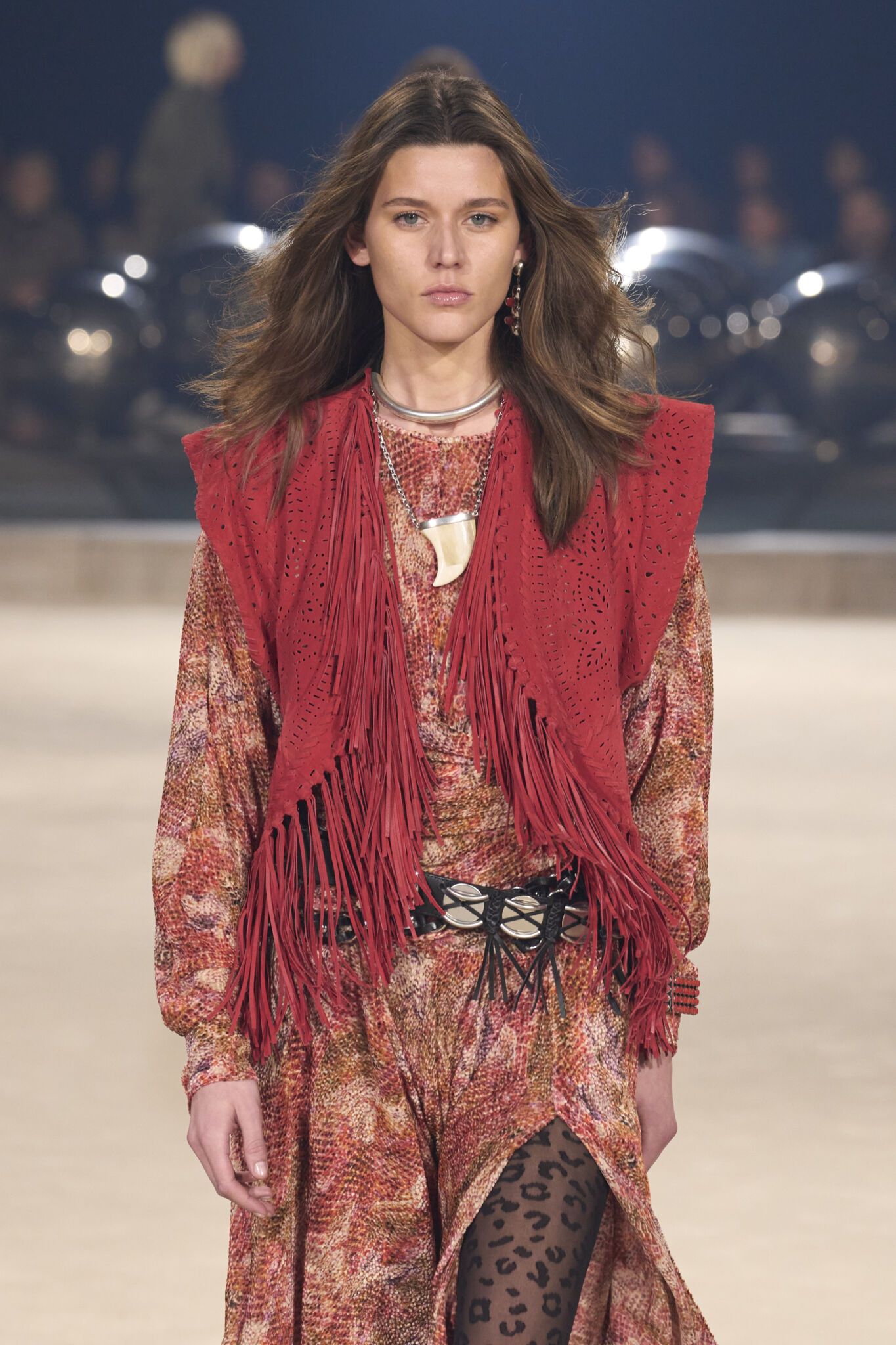
Photo: SPOTLIGHT / Isabel Marant
Ikat
The ikat pattern has long been popular among designers, from haute couture to mass-market fashion. For instance, Oscar De La Renta commissioned fabric made specifically for his collection in Margilan by master craftsman Rasuljon Mirzaakhmedov.
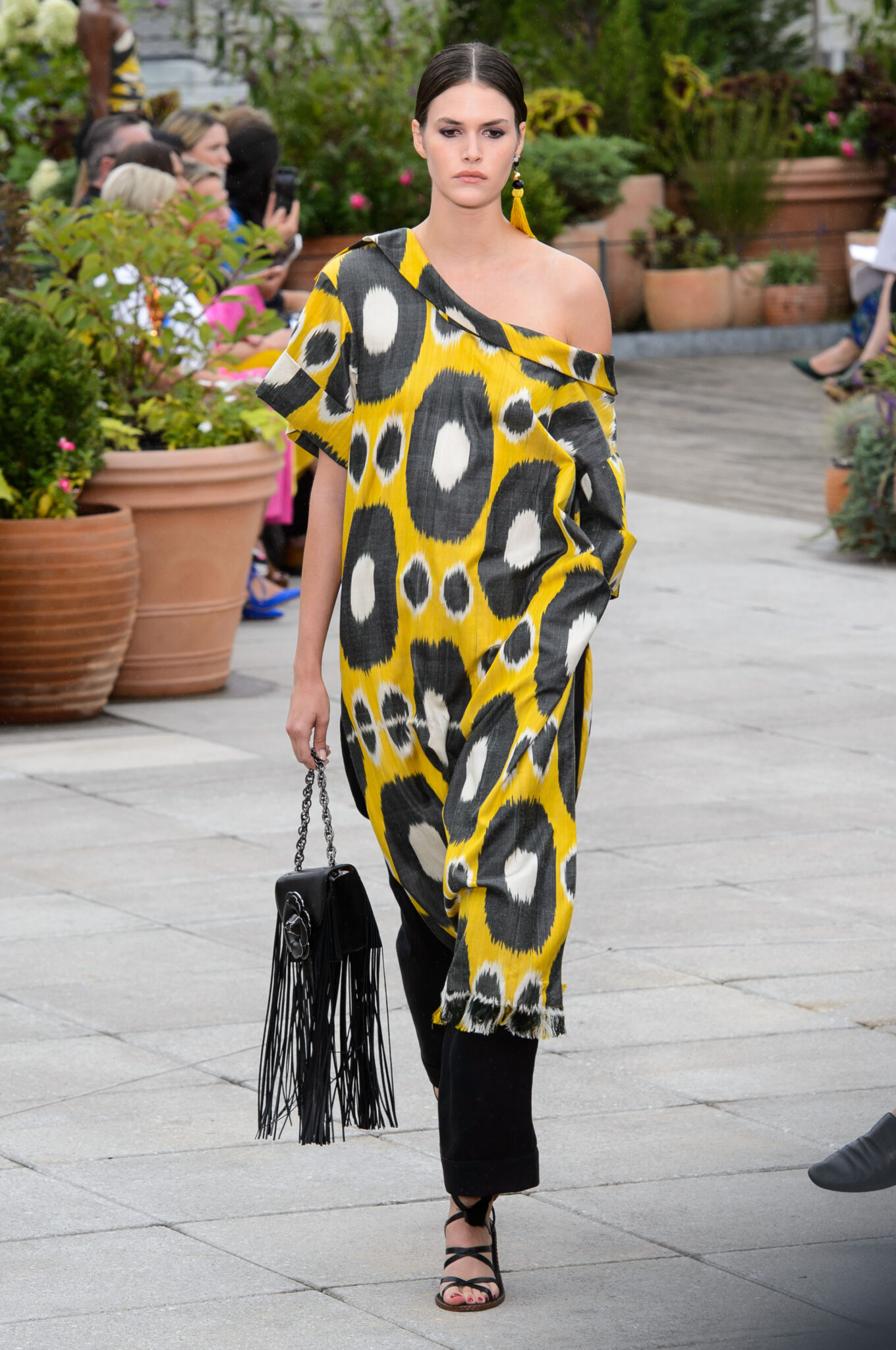
Photo: SPOTLIGHT / Oscar De La Renta
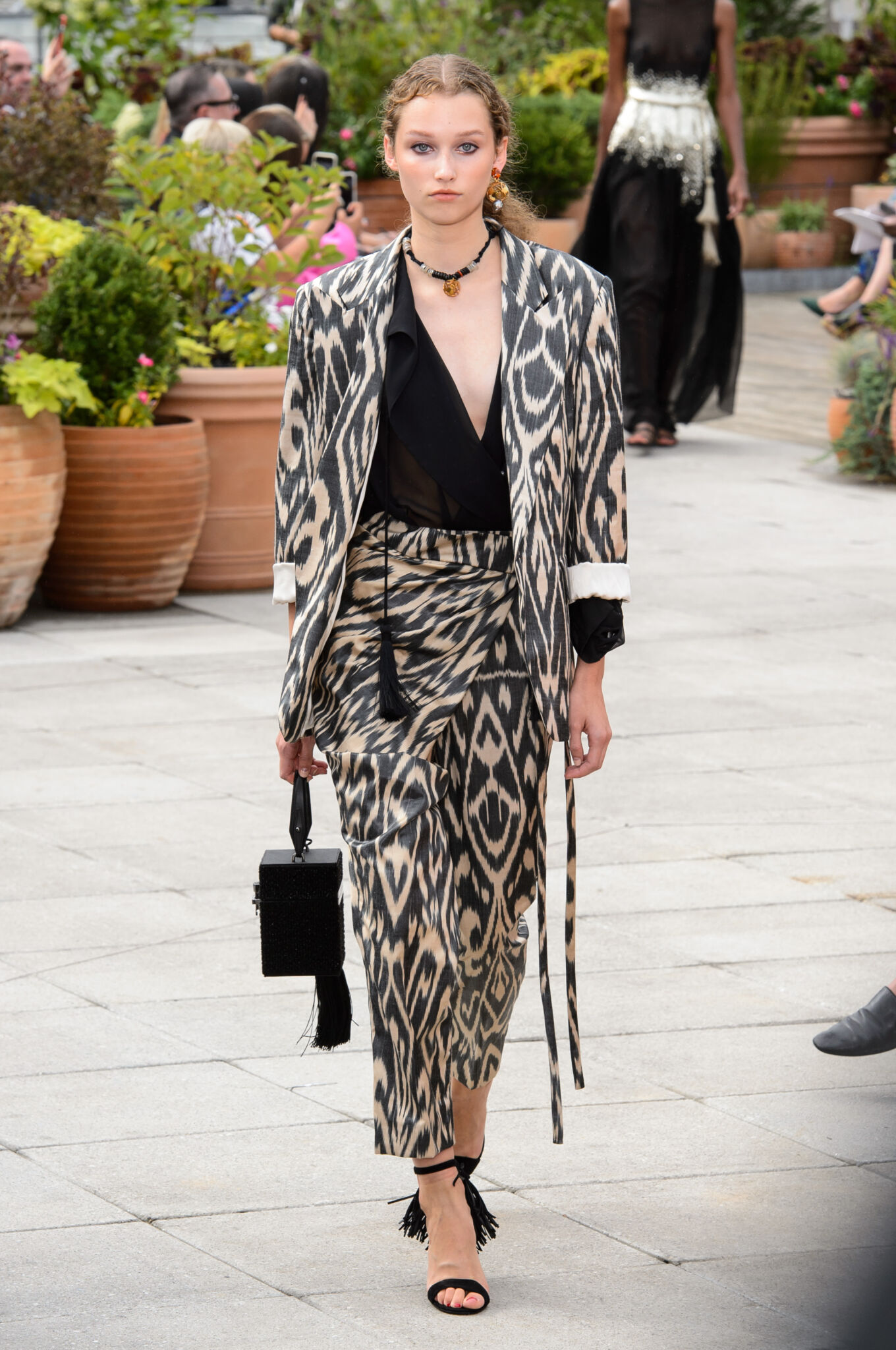
Photo: SPOTLIGHT / Oscar De La Renta
In the footsteps of Zita and Gita
Indian motifs in collection styling are yet another exotic fascination for designers. Cropped embroidered vests, sultan pants, draped fabrics—all of this is familiar to us not only from the story of Jasmine and Bollywood films but also from the collections of fashion houses like Dior and Etro.

Photo: SPOTLIGHT / Dior
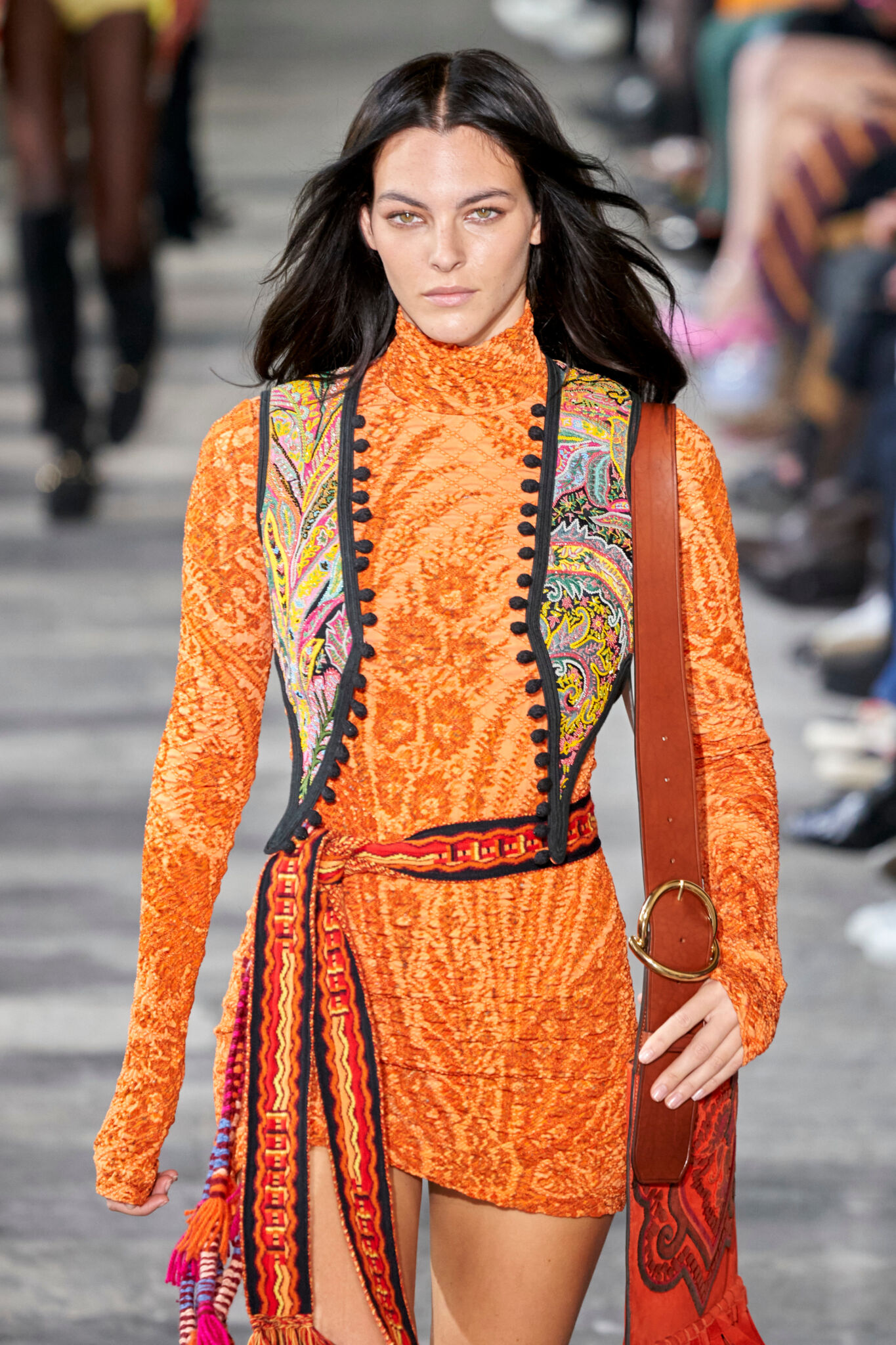
Photo: SPOTLIGHT / Etro
Sheikha
Long kaftans, abayas, and turbans—the image of an Arabian princess has become popular, thanks in part to the public appearances of Sheikha Moza, beloved by millions of followers. The richness of embroidery and jewelry on simply cut garments creates a look that is both comfortable and festive. Due to the popularity of this style, a special day for Eastern fashion was designated at Paris Haute Couture Week.
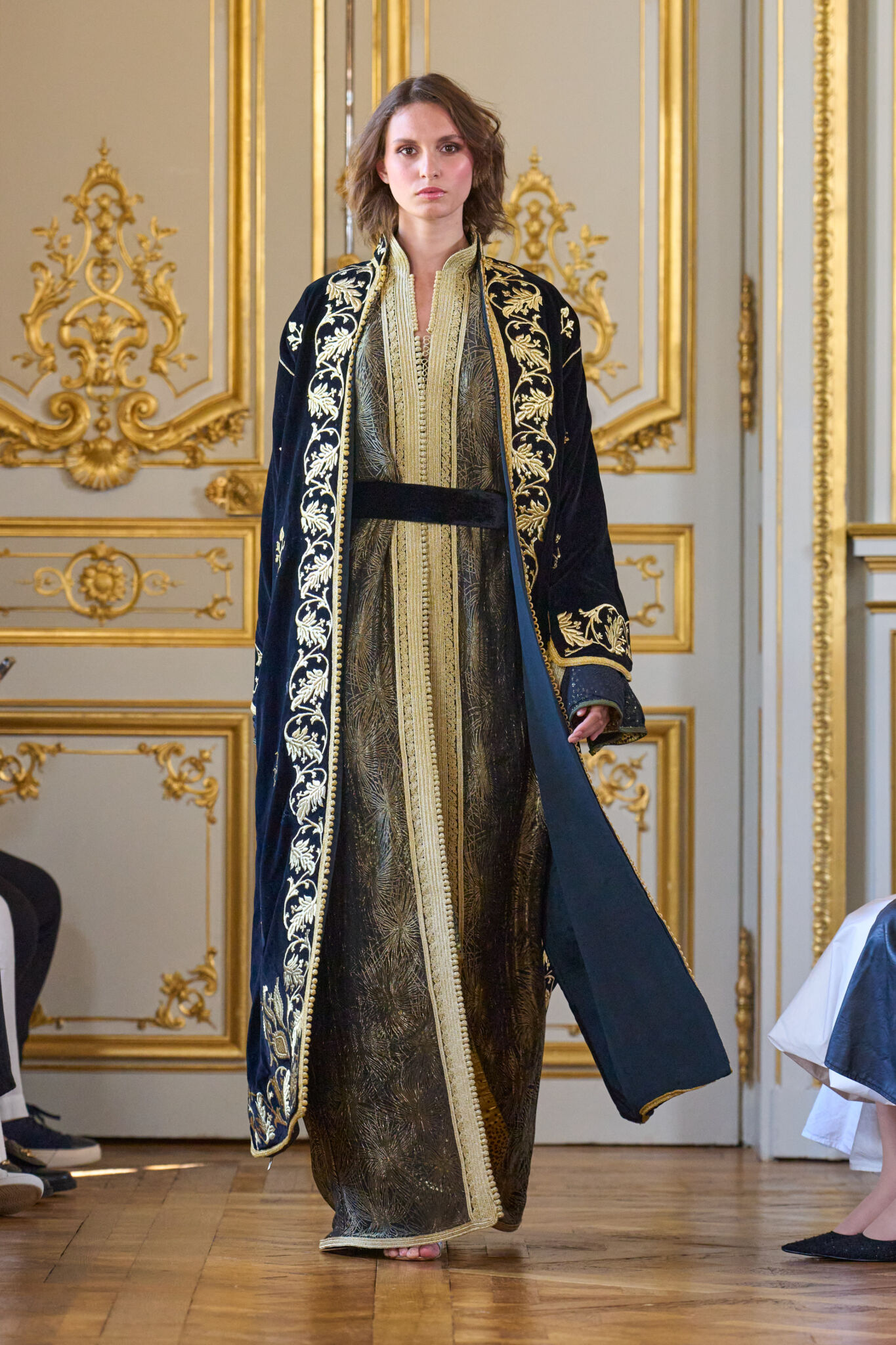
Photo: SPOTLIGHT / Amina Benzekri
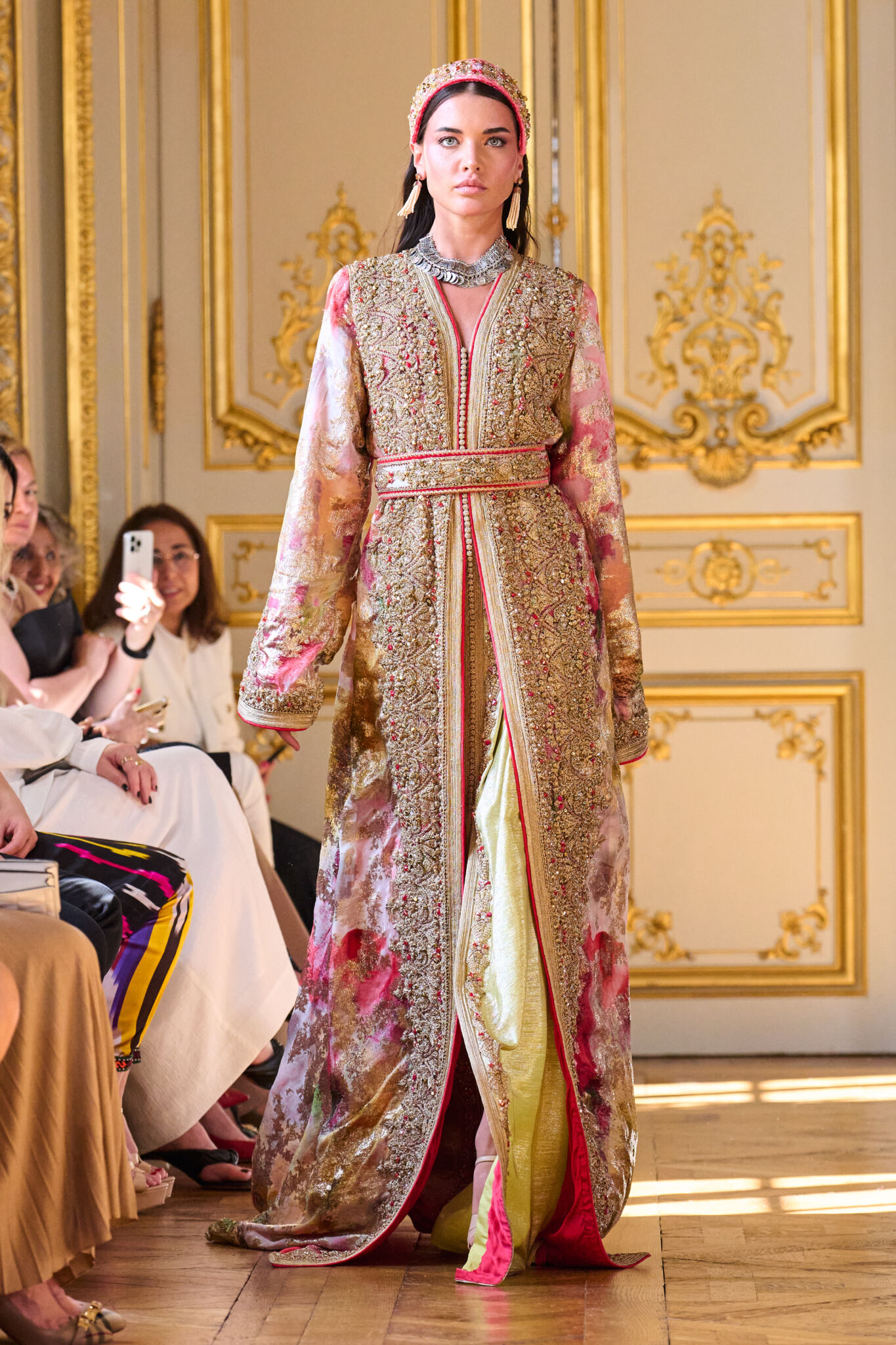
Photo: SPOTLIGHT / Maison De Couture
There is much debate about whether ethnic style constitutes cultural appropriation of other peoples. However, one thing is clear: thanks to the collections of global couturiers in ethnic style, people around the world are introduced to the cultures of other nations, familiarized with traditional attire, and help to popularize this genre.


